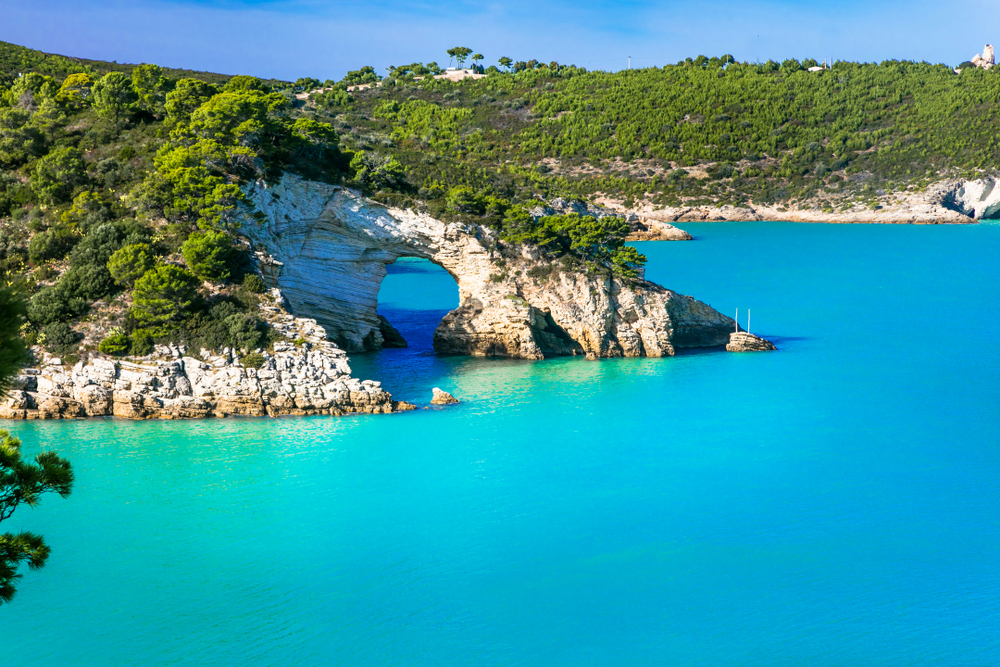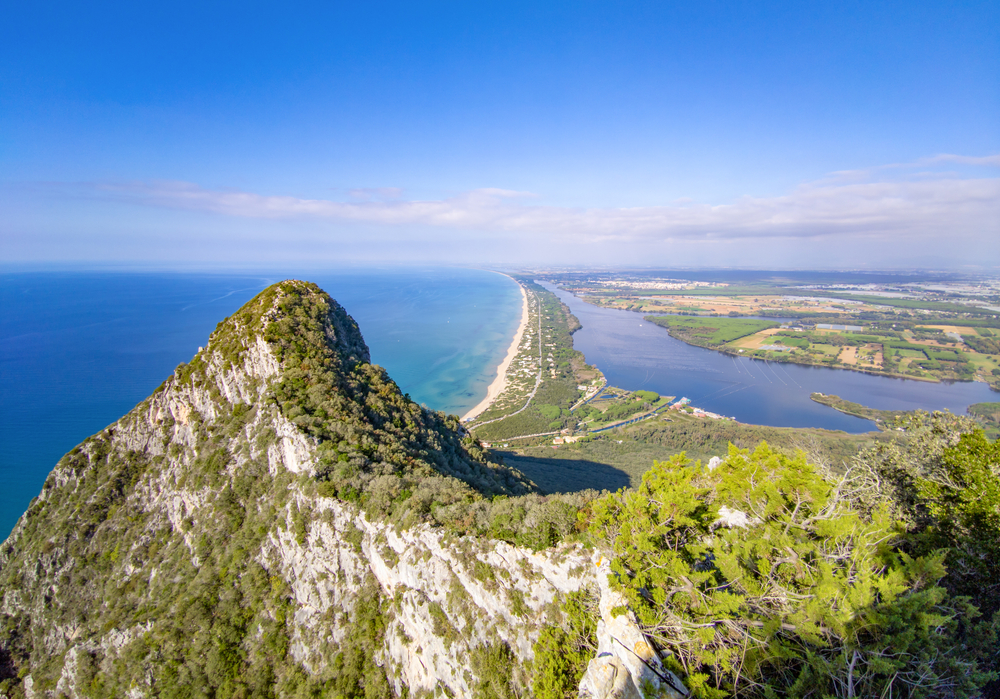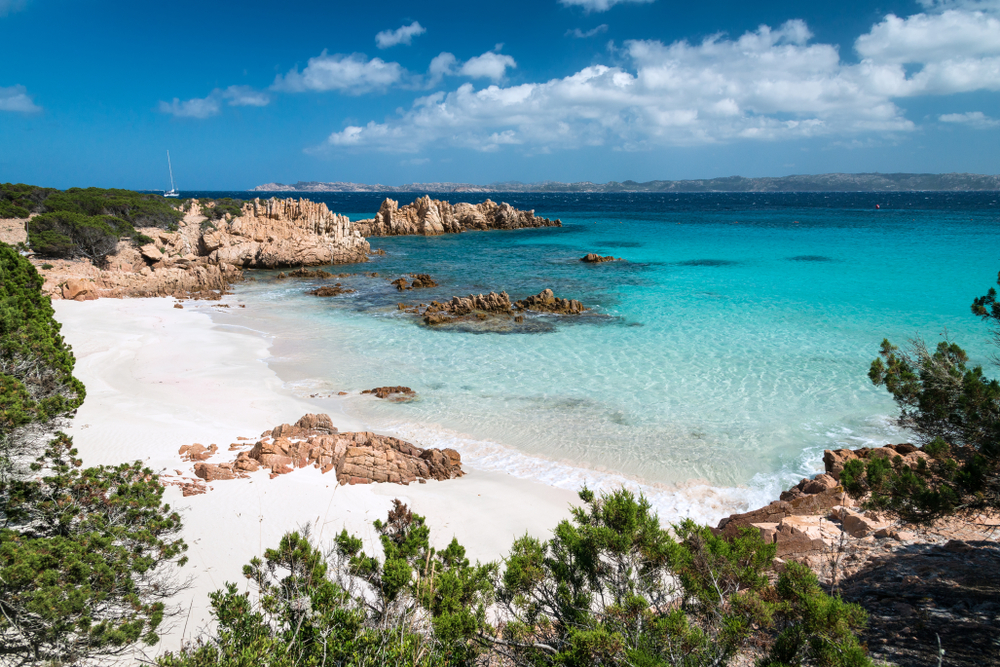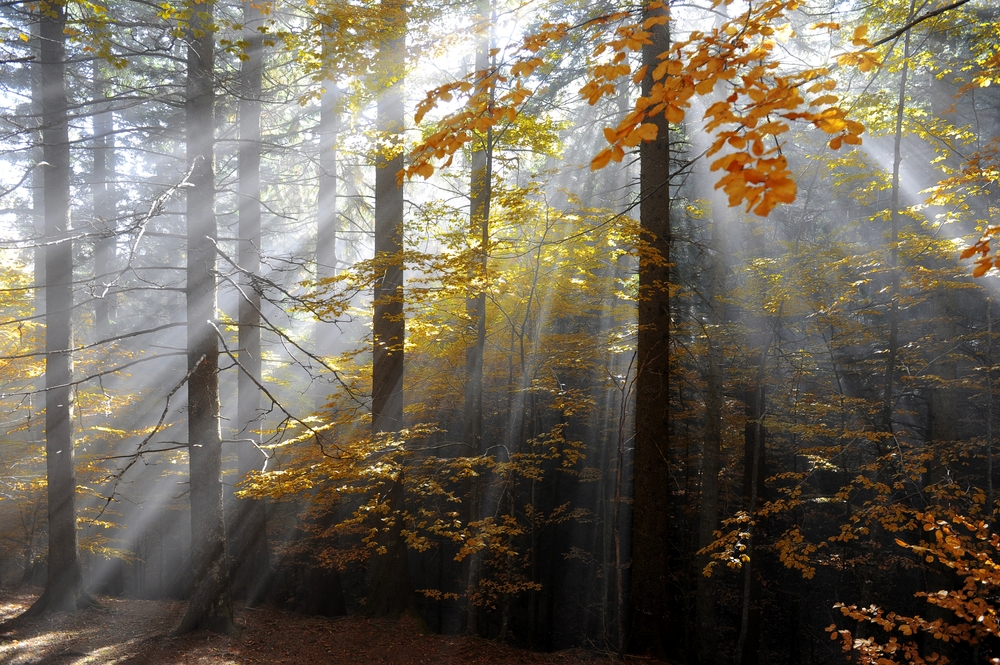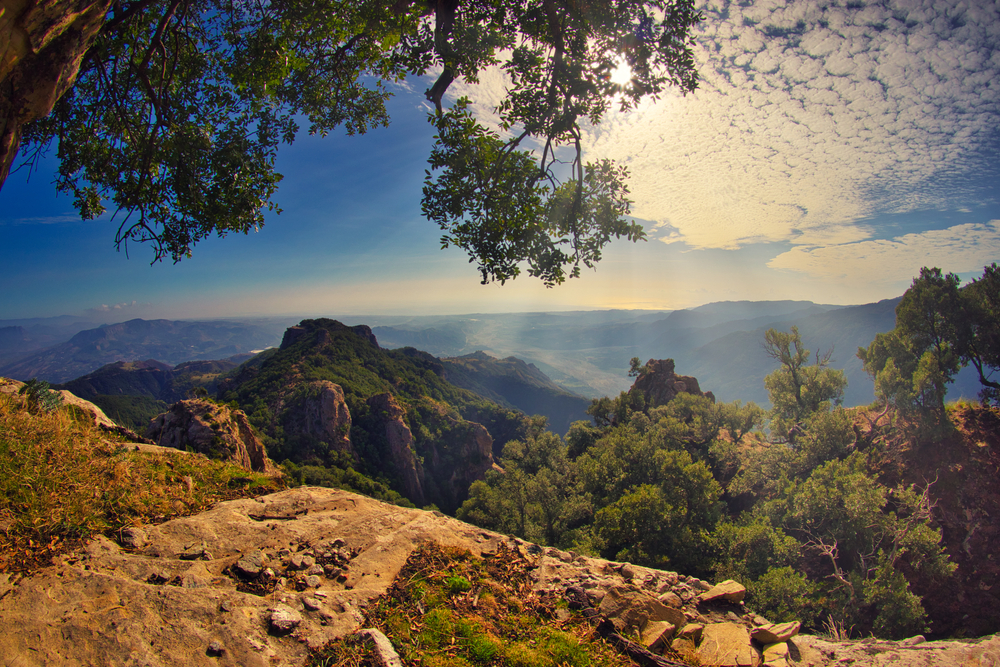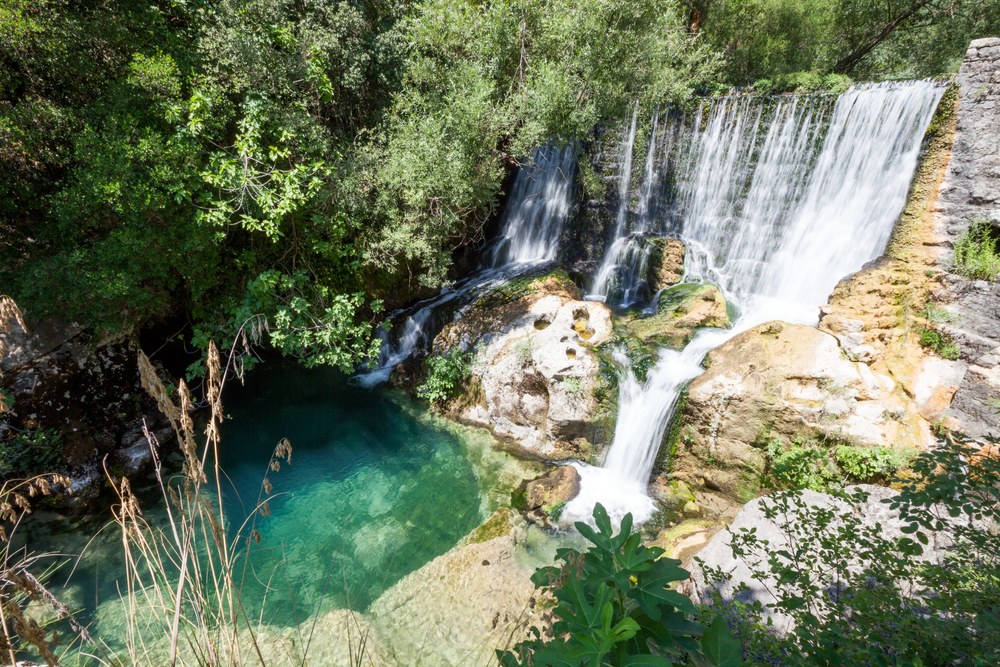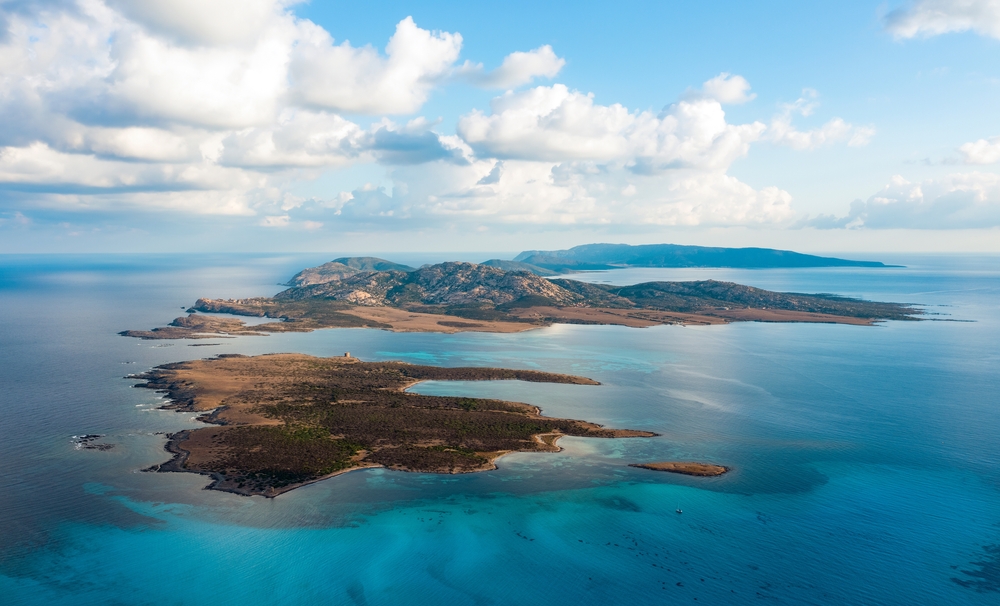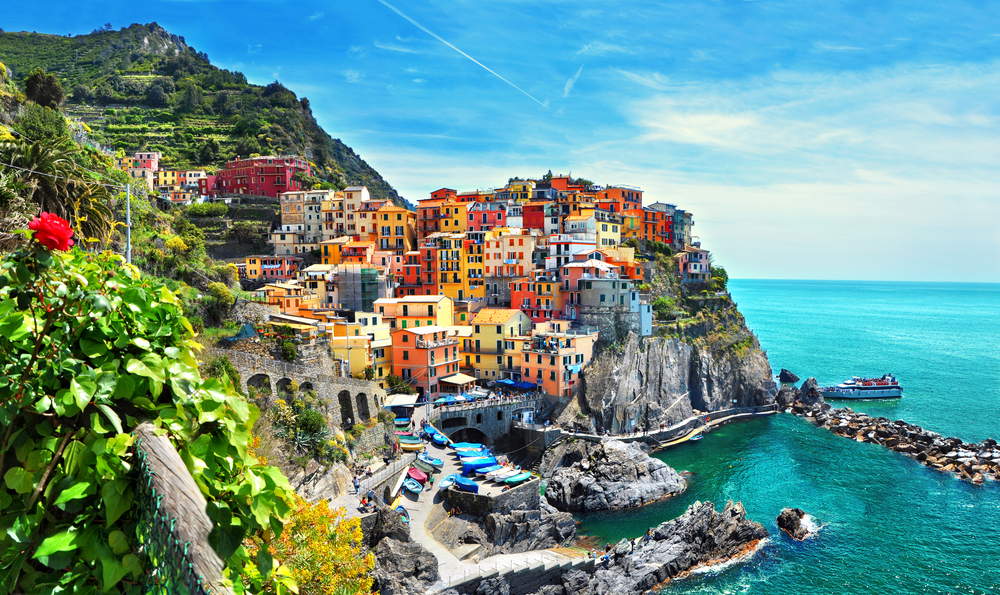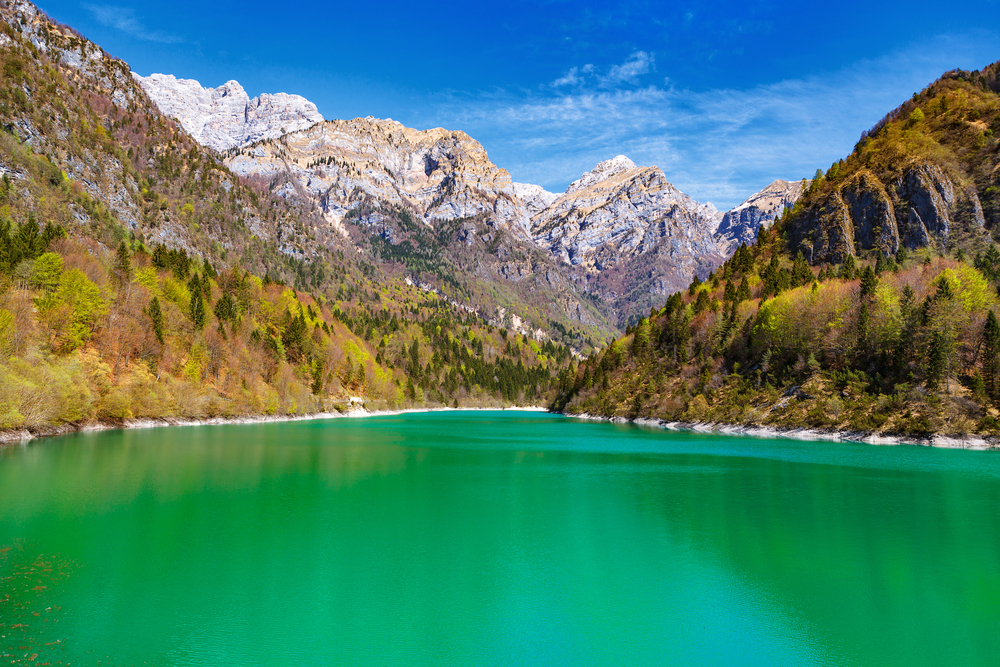Gargano Overview
Gargano National Park, known as Parco Nazionale del Gargano in Italian, is a stunning protected area in the Apulia region of southeastern Italy.
Covering approximately 464 square miles (1,201 square kilometers), the park encompasses the Gargano Peninsula, often referred to as the “spur” of the Italian boot. This diverse and scenic landscape extends from the Adriatic coastline to the inland forests and limestone cliffs, creating an extraordinary mix of ecosystems within a relatively compact area.
The park includes a wide range of habitats, from rugged cliffs and sea caves along the coast to ancient woodlands and karstic plateaus further inland. The Foresta Umbra, a dense and ancient beech forest, is one of its most famous natural attractions, with some trees dating back centuries.
This rich and varied terrain also features limestone formations, deep gorges, and underground caves that add to the park’s geological intrigue. Along the coastline, the Tremiti Islands, part of the park, showcase crystal-clear waters, hidden coves, and striking rock formations that attract nature lovers and divers alike.
The wildlife of Gargano National Park is as diverse as its landscapes, with a fascinating array of mammals, birds, and reptiles inhabiting the region. One of the park’s most notable species is the Italian roe deer, which finds sanctuary in the dense forests. Other important mammals include wild boars, foxes, badgers, and porcupines. The park is also home to a variety of bat species that take shelter in its numerous caves and grottoes.
Birdwatchers will find Gargano a true paradise, as the park hosts more than 170 bird species, including peregrine falcons, golden eagles, and the colorful Eurasian hoopoe. The wetlands and coastal areas also provide vital stopover points for migratory birds, including flamingos and herons. The Tremiti Islands offer a unique marine ecosystem, supporting diverse fish species and seabirds such as the rare Scopoli’s shearwater.
Visitors to Gargano National Park can explore its many natural wonders through various activities. Hiking is a popular way to experience the park’s beauty, with well-marked trails weaving through the Foresta Umbra, along limestone cliffs, and through charming countryside dotted with olive groves.
The dramatic coastline offers excellent opportunities for boat tours, allowing visitors to discover hidden sea caves, such as the Grotta delle Viole and Grotta Sfondata, and admire the striking rock formations from the water. The Tremiti Islands, part of the park’s marine reserve, provide an excellent destination for snorkeling and scuba diving, revealing an underwater world rich in marine biodiversity.
Cycling routes and scenic drives offer another way to take in the breathtaking landscapes, with picturesque villages like Vieste, Peschici, and Monte Sant’Angelo providing cultural and historical experiences alongside nature exploration.
Gargano National Park faces conservation challenges, including habitat fragmentation, the impact of tourism, and climate change. However, efforts to protect and restore its unique ecosystems have seen success, particularly in preserving the ancient beech forests, which have been recognized as a UNESCO World Heritage Site. Sustainable tourism initiatives aim to balance visitor access with environmental protection, ensuring that the park’s biodiversity and landscapes remain intact for future generations.
Conservation programs also focus on protecting endangered species, restoring native habitats, and regulating activities such as fishing and hunting to maintain ecological balance. With its remarkable mix of landscapes, diverse wildlife, and rich cultural heritage, Gargano National Park remains a treasured natural haven, offering visitors an unforgettable experience in one of Italy’s most beautiful regions.








































































